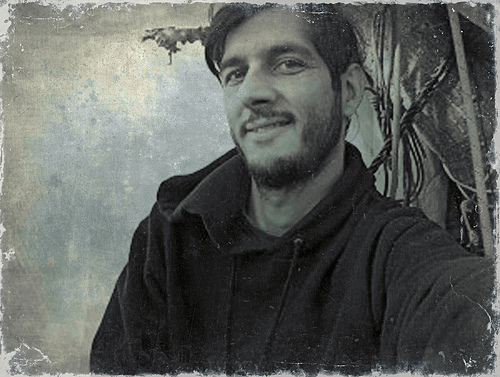Category: Press Releases
-
New court dates for Tristan Anderson’s civil trial against Israeli military
6th September 2013 | justice4tristan | Jerusalem New trial dates have been set for Tristan Anderson’s civil case against the Israeli Military. The new dates follow a recent ruling from the High Court of Israel forcing the Israeli Police to re-open their investigation into the near fatal shooting, which occurred when Israeli Border Police opened fire…
-
Israeli forces use excessive lethal force killing Palestinian civilian and wounding 3 others, including 2 children, in Jenin
20th August 2013 | Palestinian Centre for Human Rights | Jenin, Occupied Palestine In an excessive use of lethal force, on Tuesday morning, 20 August 2013, Israeli occupation forces killed a Palestinian civilian and wounded 3 others, including 2 children, in Jenin refugee camp in the northern West Bank. According to investigations conducted by the…
-
ISM statement: Hoax video designed to harm the Palestinian popular struggle
A video has been put online on a website claiming to be a human right organization with a woman impersonating an ISM volunteer. In the video a woman who claims to have volunteered with the ISM in Palestine says that she was sexually harassed by a prominent Palestinian activist. The ISM want to make clear…

